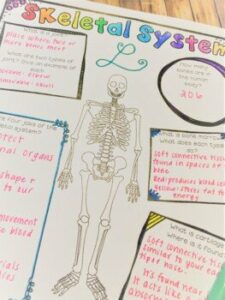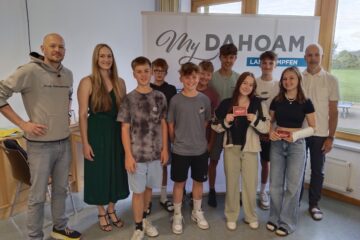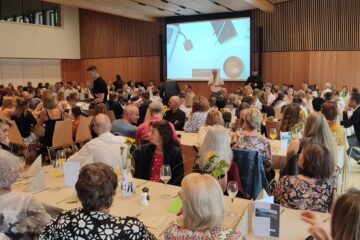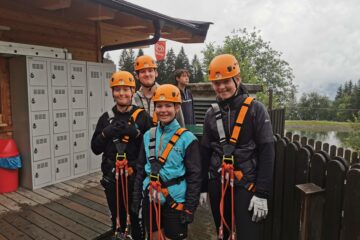
Bilingual Education in Biology:
For the past month, students in class 1A have been experiencing a unique approach to their biology lessons – bilingual instruction in both German and English. Collaboratively, Gabrielle Amestoy and I have been teaching biology bilingually for four years now. We firmly believe that for this approach to succeed, it is crucial for children to start learning the system from the very beginning, as it significantly enhances their acceptance and engagement. English, as the language of the natural sciences, proves to be an ideal tool for early exposure, and the subject of biology provides the perfect platform for bilingual education.
Engaging students in bilingual education from a young age has numerous benefits. One of the primary advantages is that it enables them to become familiar with scientific terminology in both German and English early on. This proficiency is increasingly important in today’s interconnected world, where scientific research and communication transcend borders. By introducing students to scientific concepts in both languages, they develop a more comprehensive understanding and are better prepared for future academic and professional pursuits.
The subject of biology, with its fascinating topics and the inherent curiosity of young learners, provides an ideal setting for bilingual instruction. Students at this age are eager to explore the natural world around them, and bilingual education offers them the opportunity to express their observations and ideas in two languages. This not only enhances their language skills but also nurtures their critical thinking abilities and boosts their confidence in articulating complex concepts.
Bilingual instruction places language at the forefront of the learning experience. Witnessing the joy and enthusiasm that our students exhibit during biology lessons is truly awe-inspiring. Their excitement for the subject matter is infectious, and it further reinforces our belief in the effectiveness of this teaching approach.
Gabrielle Amestoy deserves special commendation for her exemplary skills in crafting age-appropriate lessons that create an encouraging and inclusive learning environment. She prioritizes giving the children ample opportunities to speak, fostering an atmosphere where every student’s voice is heard and valued. This interactive approach not only strengthens their language capabilities but also instills in them a passion for scientific exploration.
Looking ahead, both Gabrielle and I are excited and eager to continue guiding these students in their bilingual biology journey for the years to come. We firmly believe that this early exposure to bilingual education in the field of science will empower them to become well-rounded, adaptable individuals, capable of thriving in an increasingly globalized world.
As we reflect on the progress we have seen in our students and their genuine enthusiasm for biology, it is evident that bilingual education in this subject is a resounding success. By nurturing their love for science and language simultaneously, we are laying the foundation for a generation of young minds who will contribute significantly to the advancement of knowledge and understanding in the years ahead.



